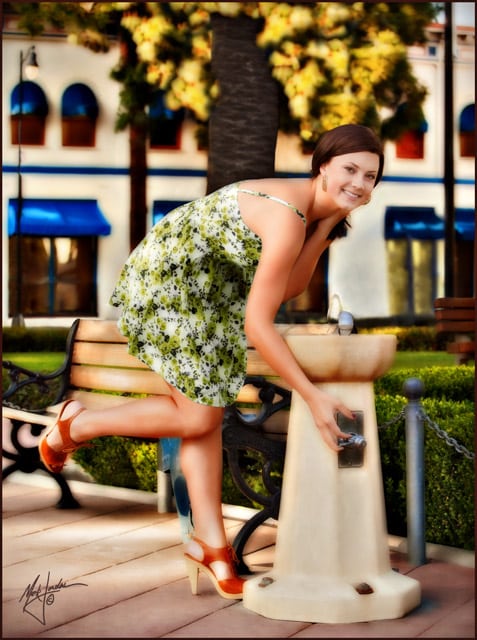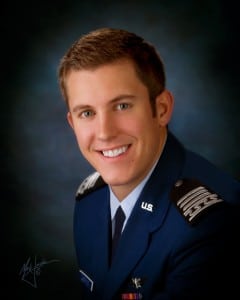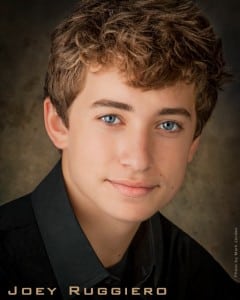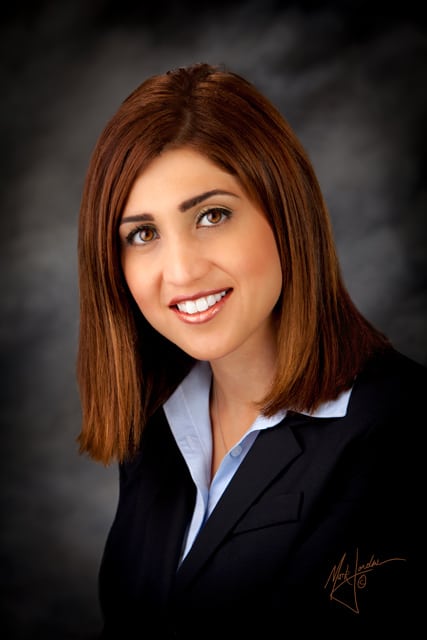PAINTING WITH LIGHT
Following is the third installment of a four part series, Four Keys to Headshot Photography, by Orange County Headshot Photographer, Mark Jordan. We have already posted the first two factors, “Planning” and “Positioning,” and after this component, we’ll have only the fourth (Expression) to go.
I’ve designed each factor in this four part series to be relevant and stand on its own. Regardless, I believe a quick read of the preface, “Planning,” located in the first section, would be beneficial and worth the short time it would take to review.
- PART 1: Planning – Consulting
- PART 2: Positioning – Composition
- PART 3: Painting with Light
- PART 4: Expression! Expression! Expression!
3. PAINTING WITH LIGHT
The third component of HeadShot photography, Four Keys to Headshot Photography Part Three, is painting with light. Though not the complete picture, painting with light is nonetheless the foundation of what we, as photographers, have ultimate control.
Mastering light is not only where I have invested the bulk of my time as a portrait photographer, I also derive great pleasure knowing that it is but a tool that I skillfully wield at will. Regardless of the many awards that ostensibly validate my particular style of light quality/control, eminently more important, I enjoy what I see. I love the challenge presented with every new face that commissions me.
Just in case you were not aware, photography does not actually mean painting-with-light, but is more accurately interpreted as recording light, or writing with light. However, from my point of view, I believe that it helps the photographer to think in terms of light as function of paint, rather than a flash/sunlight. Those who do are more apt to place it precisely where they feel it belongs, instead of the willy-nilly, shotgun approach.
Like the artist with brush in hand, the photographer is just as responsible for where and how she applies light to her subjects. Every client that comes before us assumes we are equipped with a command for light. They trust that we are knowledgeable in manipulating light to communicate to the world who they are and the image they wish to project.
Were I to stress any one area in Four Keys to Headshot Photography Part Three it would be that there is no wiggle room here. Either you are adept at understanding the characteristics of light and are able to control them spontaneously, or you are not. Your client will appreciate you exceedingly more your mastery of light control is second nature.
Understandably, there is no conceivable way that I might cover the multitudinous facets of light painting in a single blog, let alone a book dedicated to it. Regardless, I would be remiss were I fail to include it here as one of the prerequisites for outstanding headshots. I do, however, want to briefly discuss how I paint with light in my sessions. My hope is that Four Keys to Headshot Photography Part Three will in someway be helpful to you (I stopped myself from saying “shed some light.”) in creating better professional headshots.
Clients will frequently tell you they have a favorite side. 99% of the time, whether they’re aware of it or not, their best side is the one that reveals the straightest line of their nose. So, after my client is seated and we’re talking about who-knows-what, I first analyze this aspect of their face – the nose!
Nose assessment is accomplished by seeing which light, left or right, yields the straightest nose line. To wit, I fill the indent/bend with light, while allowing the shadow edge to define the straightest line. It’s a small thing (sometimes not…), but it will go a long way into contributing to the foundation of your lighting tool belt. Not to mention your clients will love you for it.
Secondly, I then look carefully what the light reveals about the contour of my subject’s face, primarily from cheek to chin. Generally speaking, the cleaner the line, the better. Where the perimeter facial line is broken, jagged or herky-jerky, the client will most always always eliminate these previews out of hand – especially females, who tend to be more aesthetically sensitive.
However, when the best nose-line and best facial-line contradict (e.g. nose looks best with main on right, but cheek looks best with main on left), it’s a judgement call. I tend to go with the one that I feel at the moment will take less work to correct in Photoshop. Generally speaking, the nose is easier and carries less disastrous consequences than messing with the contours of the face. Only you know what’s best for you.
With this established, and client positioned, I begin to slowly fan my six-foot Larson Soft-Box back and forth, studying how it alters/illuminates my subjects skin tone, eyes and other features. It’s at this point where the artistry of lighting is never more crucial, and never more fun. However, I can not tell you exactly what I am looking for until I see it. Something magical unfolds with the way the light shimmers across the surface of the skin and sparkles in the eyes. I think it’s best done with both left and right brain are simultaneously engaged. It’s intuition and evaluation working in harmony. My clients frequently tell me they can tell by the look on my face when I’ve see the light…
With my main in place and locked down, I then proceed to meter it (I prefer to work at f8 on my Canon 70-200), quickly followed by metering my fill (another Larson Soft-Box). More frequently than not, however, I’ve already metered prior to my client arriving (as time is of the essence), and I am simply confirming my main-light aperture, as well as adding or subtracting intensity of my fill light.
Though the most frequent question asked of me is my lighting ratio, there isn’t one ratio I work with that I might cite. Generally speaking, my fill meter reading will read somewhere in the neighborhood of f3.5 to f4.9. It all depends on the my client’s facial features, the key we’ve established, and the feel we are reaching for.
However, I’ve noticed that I tend to apply less contrast to women than men. Where the fill for ladies might read at around 5.6 (2:1), men may fall as low as 2.8 (8:1). Fill is like salt – I apply to taste. Do what feels good for you.
Lastly, I adjust my Larson four-foot strip/separation light (or turn it off when the client is bald or thinning – I don’t want to create a shiny scalp, and neither does my client). My primary goal, as the term “separation” would imply, is to separate my client from the background.
A little bit of rim lighting goes a long way. As a rule, try not to overdo. For me, the softer the better, especially if you prefer less contrasty hair, and a more silky feel. It seems that the light aim works best the back of the head, to slightly grazing over the head top.
Finally, I take an exposure with a 24″ Pocket Digital Calibration Target by PhotoVision to facilitate establishing white balance in Lightroom. I check my histogram to ensure I’ve got three distinct spikes (slightly right of center), and we are ready to roll.
This concludes Four Keys to Headshot Photography Part Three. Part Four, EXPRESSION, is next.
IN CLOSING
So then, when it is all said and done, how might a Headshot photographer know that the session went well?
A successful Headshot photographer is one who often hears from his clients: “My goodness, THAT was quick/fun!” Or my favorite: “Boy, that was painless!” Should you be fortunate to hear these compliments, or variations thereof, count yourself a blessed photographer – move on, and then repeat for a lifetime.
Should you like to learn more than Four Keys to Headshot Photography Part One was able to convey, you might want to inquire about my LOYD Program (lunch on your dime). Should you wish to then learn in a more intensive course, my consulting fees are reasonable. I am passionate about sharing my knowledge.
Anyone wishing to explore the possibility of having our studio create their professional headshot, the next step is to either contact us by email or give us a call (949.888.8071). I’ll spend whatever time it takes to familiarize you with prices and process, as well as arrange a time to meet and discuss your Headshot needs.
Mark Jordan
Master Craftsman Photographer
American Society of Photographers
International Photography Hall of Fame & Museum
Orange County Photographer of the Year
3-Time Honoree -EPCOT’S World’s Greatest Photographers Exhibit
When looking for a professional Orange County Family Portraits photographer, or Orange County Headshots Photographer please call 949-888-8071 or complete our online request form.
.jpg)



